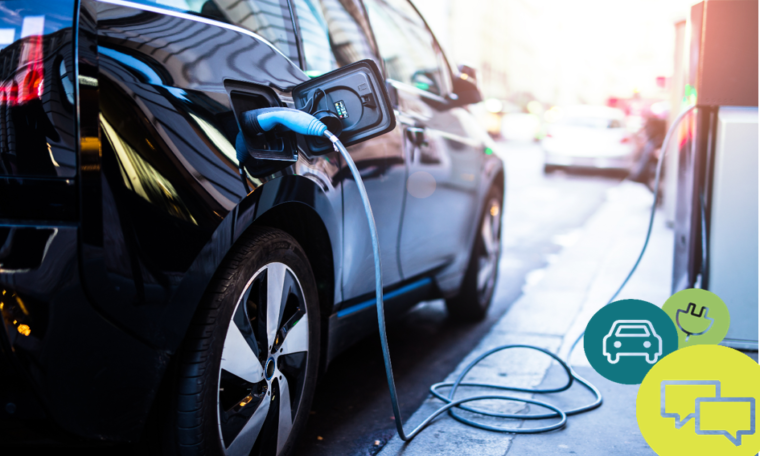
With the number of electric and hybrid vehicles (EVs) on the market continuing to accelerate, the messaging contained in their advertising is increasingly important to consumers. As some form of electrified powertrain appears in a growing number of different types of vehicles, clarity is key in ensuring consumers are not misled.
Here are some key things to bear in mind when advertising such vehicles.
Be clear about the type of vehicle being advertised
There are various types of EV and hybrid vehicles. A non-exhaustive list includes:
- Electric Vehicles or Battery Electric Vehicles (EVs or BEVs) run solely on electric power stored in batteries which are charged from mains electricity: they are sometimes described as “full” or “pure” (B)EVs.
- Hybrid Electric Vehicles (HEVs) combine an internal combustion engine with battery power and charges its batteries using the engine, for example by recouping energy ordinarily lost during braking. Some are powered directly by both energy sources while some use a petrol engine indirectly, charging a battery which drives the wheels.
- Mild Hybrid Electric Vehicles (MHEVs) are becoming more frequently distinguished from HEVs on the basis that the vehicle cannot move solely using electric power (or can only move a very short distance to manoeuvrer) but its electric source works to support the combustion engine which is the primary source of power.
- A plug-in hybrid vehicle (PHEV) uses a combination of petrol/diesel and electric energy to power its wheels, either directly or indirectly, but its batteries are charged by an external electricity source when plugged in.
Considering this variety, a vehicle’s source(s) of power should be made clear. An HEV’s principle source of power is a fuel combustion engine and the ASA has previously accepted claims such as “self-charging hybrid” for an HEV on the basis that it was clear in the context in which the claim appeared that the source of the batteries’ power was derived from the fuel combustion engine. However, complaints about ads for a different type of hybrid - which used a petrol engine to power a battery which then powered the car – were upheld in 2023 because they had a strong focus on the electrified element of the powertrain and did not make sufficiently clear that the car required petrol.
Describing models in a range
Advertisers should also ensure a distinction is made between models within a range that have different specifications; the ASA upheld a complaint about an ad that described a range of vehicles as having “zero emissions” on the basis that it did not make clear that the range included an E-REV version, which had an internal combustion engine to top up the batteries, and this would not qualify as producing “zero emissions” while driving.
Broader environmental and “zero/no emissions” claims
Ads that make broader claims concerning environmental benefit often generate complaints. Generally speaking, claims such as “no/zero emissions” are likely to be broadly acceptable for EVs with no petrol or diesel engine, provided it is made clear that this applies only while driving and the ad avoids suggesting that no emissions result from powering the vehicle. Ads should not give the impression that “no/zero emissions” refers to anything other than while the vehicle is being driven: two rulings published earlier this year highlight when claims like this are likely to be compliant with the rules and when they’re not.
In terms of more general environmental claims, an ad which claimed “[help] give back to the environment” was judged to break the rules when the ASA concluded that this would be understood to mean that owning and driving the car had a net benefit on the environment taking into account its full life cycle, rather than simply that its emissions levels were comparatively low.
Going the extra mile
For further guidance, take a look at our AdviceOnline entries on Motoring: Hybrid and Electric vehicles, Motoring: Zero emissions claims and CAP’s Advertising Guidance on misleading environmental claims. And, if your own non-broadcast ad for an EV or hybrid is driving you round the bend in terms of the CAP Code, the Copy Advice team would be happy to help with some bespoke advice.
More on
-
Keep up to date
Sign up to our rulings, newsletters and emargoed access for Press. Subscribe now.


